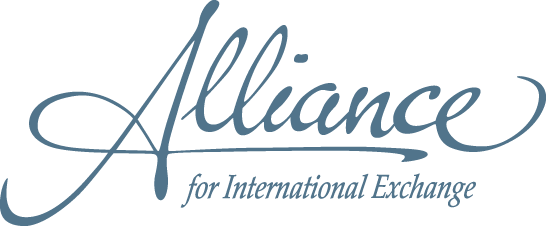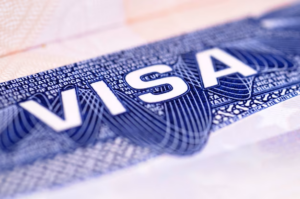By: Laine Cavanaugh
The dynamic landscape of international education has been marked this year by a powerful paradox: aspiring international students are displaying a renewed interest in studying in the U.S., yet this enthusiasm is met with a growing struggle to secure visas. A dichotomy emerges – while U.S. enrollments are surging for the first time since the pandemic, a shadow looms as visa denials rise. Collectively, these elements shape the trajectory of international student mobility, offering insights into the United States’ public diplomacy impact and its role as a competitive global player.
As the grip of the pandemic loosens, 2023 has ushered in a renewed wave of international student mobility to the United States. The U.S. suffered a steep 15% decline in international student enrollments between the 2016-17 and 2020-21 academic years, and saw a modest uptick of 4% last year. Recent data released by the U.S. Department of State paints a promising picture of a substantial surge in F-1 student visa issuances in 2022. Compared to 2019, the last pre-pandemic point of comparison, student visa issuances increased almost 13%, from 364,204 in 2019 to 411,131 in 2022. The State Department projects the numbers for 2023 to be even higher than last year (over 393,000 F-1 visas have already been issued up to the beginning of August).
Yet, amidst this resurgence is an increasing number of visa denials. State Department data reveals that over a third of student visa applications were denied in 2022. This marks an increase from the 20% denial rate in 2021, as well as the 25% denial rate in 2019. African students were particularly affected, with over half experiencing denials in 2022. Despite the enthusiasm to study in the U.S., many students are grappling with challenges throughout the visa application process, including complex immigration policies, challenges securing interview slots, visa processing delays, and the looming anxiety of potential rejections. This reality raises fundamental questions about the accessibility of American education.
How can we make sense of the simultaneous increase in visa issuances alongside the concerning rise in visa denials? The paradox is well illustrated by the case of Africa. Despite the discouraging rates of visa denials, which might suggest a gloomy outlook for U.S. student enrollment, the 2022 Open Doors data shows a substantial surge in student mobility from Sub-Saharan Africa to the U.S. In addition, last year, U.S. embassies and consulates in Africa issued 30,000+ student visas, more than in any of the previous six years. In particular, Nigeria and Ghana saw the highest number of student visas issued in more than two decades. While concerns about visa challenges affecting accessibility remain, the strong desire for American education becomes evident through the growing issuance of student visas in countries like Nigeria and Ghana.
Efforts to address student visa challenges are underway, with a recent meeting between the State Department and NAFSA, the Presidents’ Alliance on Higher Education and Immigration, and Shorelight. The discussions highlighted a visa denial report and acknowledged the importance of rectifying high visa denial rates, particularly in the Global South. Earlier this year, the State Department took steps to demonstrate its commitment to improving accessibility and efficiency of the visa application process. Some students are now eligible for visa waivers, and applicants can apply one year in advance, an expansion from the previous 120-day limit.
The evolving international student visa trends of 2023 introduce a complex dynamic between aspiration and challenge, promise and uncertainty. As we forge ahead, addressing the visa denial paradox becomes crucial not only for fostering inclusivity and global education accessibility but also for the United States to fortify its position as a leader in global education. The path forward demands a cohesive approach, with collaboration between stakeholders, governments, and educational institutions, along with our community that routinely transforms big dreams into reality.

